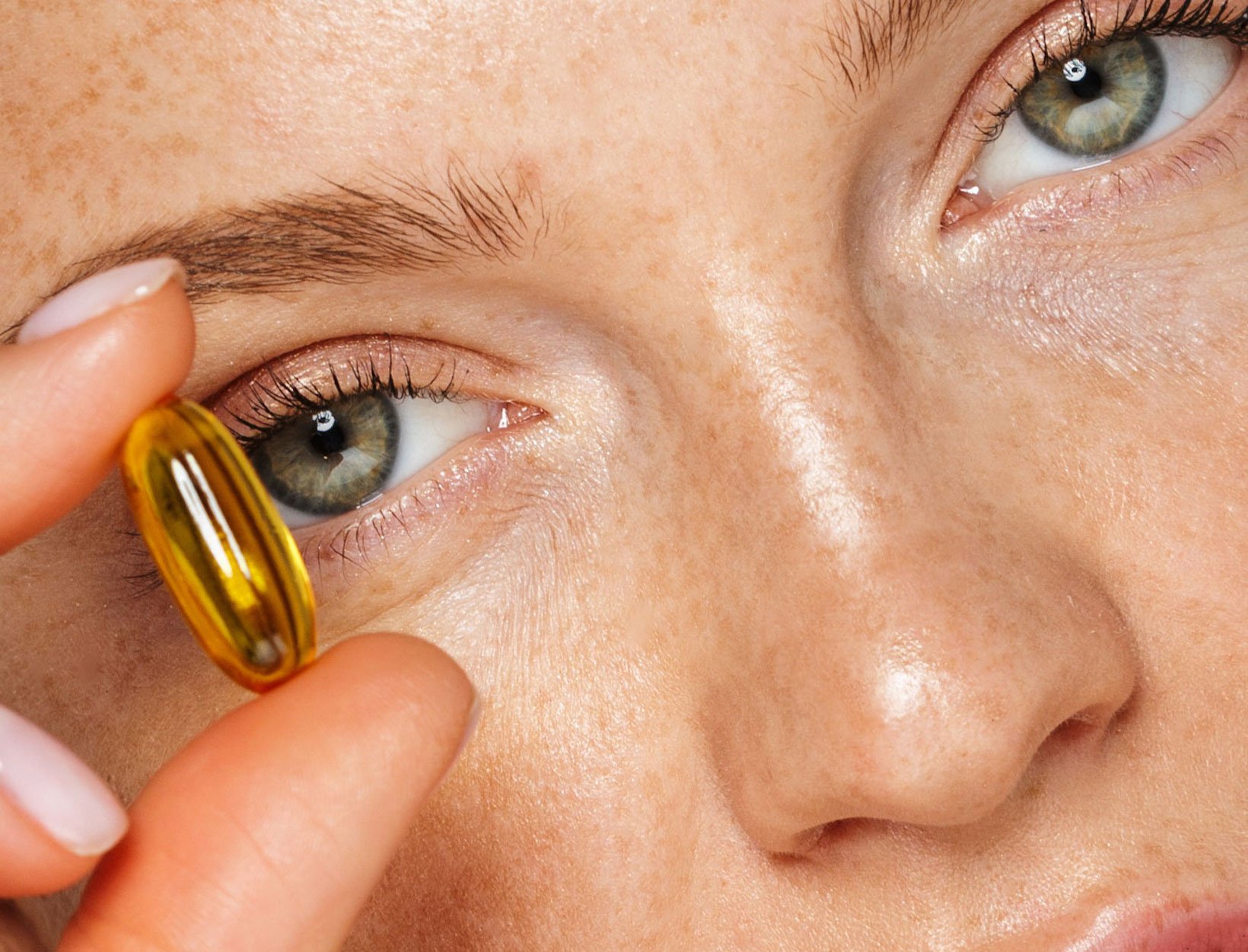PSA: Your Multivitamin Might Be Missing These Important Minerals

Let’s start with the macrominerals, which in a multivitamin should include calcium, magnesium, and potassium. Considering these three are such common nutrient gaps for lots of the nation, you’d think every multi on the block would include them (and in helpful amounts)—but that’s just not the case. “Macrominerals are larger in size and take up more space,” Ferira explains. “When included in premium forms, minerals aren’t cheap.” For both of these reasons, they’re often added to multivitamin formulas in mediocre amounts or left out altogether.
We should point out that macrominerals technically also include electrolytes like sodium, chloride, and phosphorus (for which dietary consumption is plentiful, if not excessive) and sulfur. But as Ferira points out, “sulfur has no daily nutritional requirement (aka, RDA), since we consume it daily via sulfur-containing amino acids like methionine and cysteine via protein.” You won’t find these four minerals in your multi (and that’s normal/OK), unless it’s a powder formula, which often add sodium chloride (salt) for the taste factor.
But we digress…back to calcium, magnesium, and the like. So one move, in particular, that a lot of big names in the multivitamin game make, according to Ferira: Leaving calcium out of vitamins that are marketed towards men, which, she says, is a huge mistake. “These brands must not have consulted a dietitian, because an R.D. would have told them that the calcium needs and requirements for men are high: 1,000 milligrams every day until age 50 and then 1,200 milligrams daily from ages 51 on up,” she explains. “They also just so happen to be identical to the needs of women. Men have bone health and density needs, too!”* Oh, and almost 40 percent of our nation has a calcium gap in their diet, so point taken.
Iron, which is a micromineral, is another one that often gets left out, specifically in multis targeted toward men and older adults. Still, “iron is an essential mineral that is literally required for the health of every red blood cell in our body to effectively function and carry oxygen to our cells and tissues,” Ferira says. While women of reproductive age do require more iron than men (18 milligrams compared to eight), the mineral is becoming increasingly important all-around as people move toward more plant-based diets since bioavailable iron is primarily found in meat, she notes.*
In addition to dropping the ball on these bigger-name minerals, many multi formulas also provide insufficient amounts of lesser-talked-about trace minerals—if they include them at all. (Again, these nutrients take up space, require thoughtful formulation, and cost money!)
Several microminerals that should be included in a complete multi but often aren’t: zinc, iodine, selenium, copper, manganese, molybdenum, and chromium. “It’s a shame since we also have daily needs for each of these essential microminerals, which have critical and diverse roles in our body,” says Ferira. Non-essential trace minerals that are even less seldom featured, meanwhile, include boron, silica, and others, which support critical body functions like bone and skin health.*
This article was originally published by mindbodygreen.com. Read the original article here.




